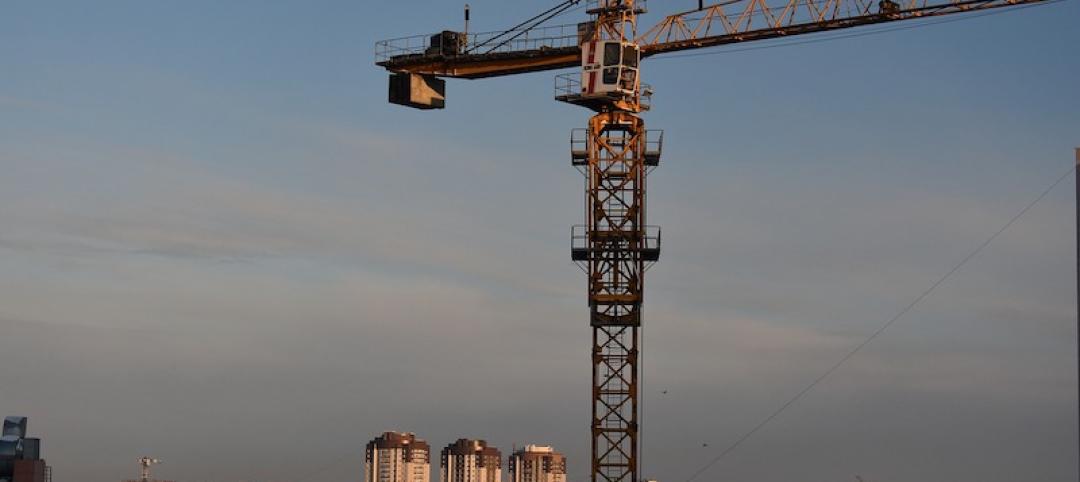A coalition of trade groups is sponsoring continued analysis of a reroofing project at the Onondaga County Correctional Facility in Jamesville, New York. This research project on advanced roofing systems will evaluate the benefits of thermal insulation and cool roofing in Northern climates.
The Asphalt Roofing Manufacturers Association (ARMA), the EPDM Roofing Association (ERA) and the Polyisocyanurate Insulation Manufacturers Association (PIMA) have joined forces to assist the Onondaga County Department of Facilities Management study building energy use and storm water runoff from roof systems. Temperature and rain data from the project, which includes vegetative roofing, increased insulation levels and cool roofs, will provide information on building performance and roof covering selection.
The county worked with Ashley-McGraw Architects (and CDH Energy to design and install a field-monitoring system to collect data on thermal performance, weather conditions and roof runoff from four buildings at the Jamesville facility. CDH Energy released a report in October, 2011, that made recommendations on roof covering selection.
With the instrumentation still in place, the study can continue evaluating the roof coverings over a longer time to better see how they interact with weather conditions. Of particular interest is the effect of accumulated snow on roofs that may affect the buildings’ thermal performance. The project is expected to run through 2015.
Related Stories
Codes and Standards | Jan 7, 2020
Boston’s beefed up wetlands ordinance will limit development
Conservation commission must consider future climate impacts when assessing new projects.
Codes and Standards | Jan 6, 2020
States pick up the slack in efficiency policy as federal government lags
With climate change deniers setting policy in Trump Administration, progress continues in statehouses.
Codes and Standards | Jan 6, 2020
OSHA plans multiple revisions to rules impacting construction industry in 2020
Cranes and derricks, welding in confined spaces, beryllium exposure, and more on docket.
Codes and Standards | Jan 3, 2020
Labor supply and capability of workers worry contractors
Three out of four firms plan to add workers in 2020.
Codes and Standards | Jan 3, 2020
Car-free streets could become common in major cities
New York and San Francisco establish thoroughfares dedicated to transit, pedestrians.
Codes and Standards | Jan 2, 2020
CRE professionals have increased interest in embodied carbon accounting, smart buildings
Survey also shows that interest in resiliency lags behind.
Codes and Standards | Jan 2, 2020
White paper focuses on Metal Composite Material labeling
Document part of effort to uphold industry standards for the product.
Codes and Standards | Dec 18, 2019
Hard Rock Hotel collapse in New Orleans puts spotlight on undocumented workers
Having helped rebuild the city after Hurricane Katrina, many under threat of deportation.
Codes and Standards | Dec 18, 2019
Maryland lawmakers take on blocked sidewalks during construction projects
Legislation clarifies developers’ responsibilities.
Codes and Standards | Dec 18, 2019
New York City passes legislation to prevent bird strikes on buildings
Requires bird-safe materials on first 75 feet of a structure.
















